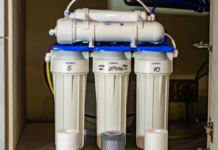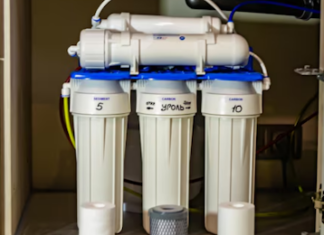The coronavirus pandemic took the word by a storm. Now, the country is gradually resuming its typical operations, however, it may take some time before the world returns to the way it once was. With that said, several predictions are made in regards to the changes brought on by the COVID-19 pandemic. One of these being the rise of fraudulent personal injury claims.
Personal injury claims are submitted to attain compensation for a physical or psychological injury or illness, which is the result of a third party’s negligence. If a personal injury claim is successful, the individual making the claim is rewarded with a financial settlement.
In these contemporary times, thousands of people across the country have suffered financially due to the global pandemic. Considering this, it is predicted that many individuals may feel the need to fake an injury to receive financial compensation, as fraudulent claims are perceived to be a ‘victimless crime’.
Taking this into account, insurance companies predict that there would be a drastic rise in deceitful personal injury cases. Going by the patterns of historical fraudulent cases, the following claims are expected to be submitted.
Workplace Claims: Health and Safety
The pattern of making fraudulent claims predicts that the most common injury claims would be made by the disgruntled employees. Underpaid workers may submit a claim for a fake slip and fall accident, or they may make a claim against the company for not providing proper training for handling heavy machinery. Following the pandemic, workers can also state that the company fails to maintain a clean and hygienic environment, which ultimately results in an injury or illness. Taking this into account, it is imperative for organisations to ensure that their safety standards are up-to-date with the government’s requirements. This can prevent an increase in fraudulent claims in regards to health and safety in the workplace.
Workplace Claims: Absence of Personal Protective Equipment (PPE)
Workplace claims can also be made if the company fails to provide the employees with proper Personal Protective Equipment. Following the COVID-19 pandemic, the standard PPE, for all workers, involves wearing a face mask and disposable gloves. However, it is possible for certain employees to stage evidence that shows that company’s negligence towards imposing the use of PPE. To avoid this, organisations can hang up signs around the workplace to remind the workers about the requirements of using PPE.
Accident Claims: Staged Road Traffic Accidents
Road accident claims are also widely popular. In fact, it is extremely easy to stage a road accident. This is why most fraudsters choose this option to earn some extra cash. These individuals may harm themselves, or inflict minor injuries upon themselves, to make their claim seem relevant. Although the regulations around these claims have become more rigid in recent years, the rate of staged accidents is still expected to rise after the pandemic.
Medical Negligence Claims: Falsified Reports
Fraudsters can go as far as generating falsified medical reports to submit a medical negligence claim. Medical negligence claims are made for medical malpractice. This includes:
- A delayed diagnosis leading to a severe illness or death
- Patient abuse
- Negligence in treatment
- Negligence while performing surgery
Medical negligence claims are usually faked when an individual makes a false accusation on the hospital staff for patient abuse or any of the aforementioned issues. As the evidence can be staged or faked to look authentic, the fraudsters are able to earn a hefty settlement. Considering this, it is essential for personal injury lawyers to distinguish between fake claims and authentic claims.
How to Detect Fraudulent Claims?
As the rate of falsified claims is expected to rise, it is imperative for personal injury lawyers to educate themselves on detecting fraudulent claims. To identify false claims, the following areas should be considered:
Assessing the case for red flags
Most personal injury lawyers examine the case thoroughly, before taking it on. These individuals inspect the details to discover the signs of any subterfuge. To do this, personal injury lawyers go over previous cases and identify discrepancy, as well as the pattern of human behaviour. In doing so, they are able to distinguish between authentic and false claims.
Using Artificial Intelligence (AI)
Artificial Intelligence systems have been used to filter out fake claims from authentic ones. As the system can process heaps and heaps of data, it can create a pattern using historical information, and identify the signs of fraudulent activity in personal injury claims. Artificial Intelligence, paired with human knowledge and experience, can reduce the number of submissions of falsified claims.
Desperate times call for desperate measures. With the financial struggle brought out by the COVID-19 pandemic, it is possible that the number of fake personal injury cases would increase. However, trained lawyers can use advanced resources, as well as their personal experience, to ensure that these claims are not submitted.









